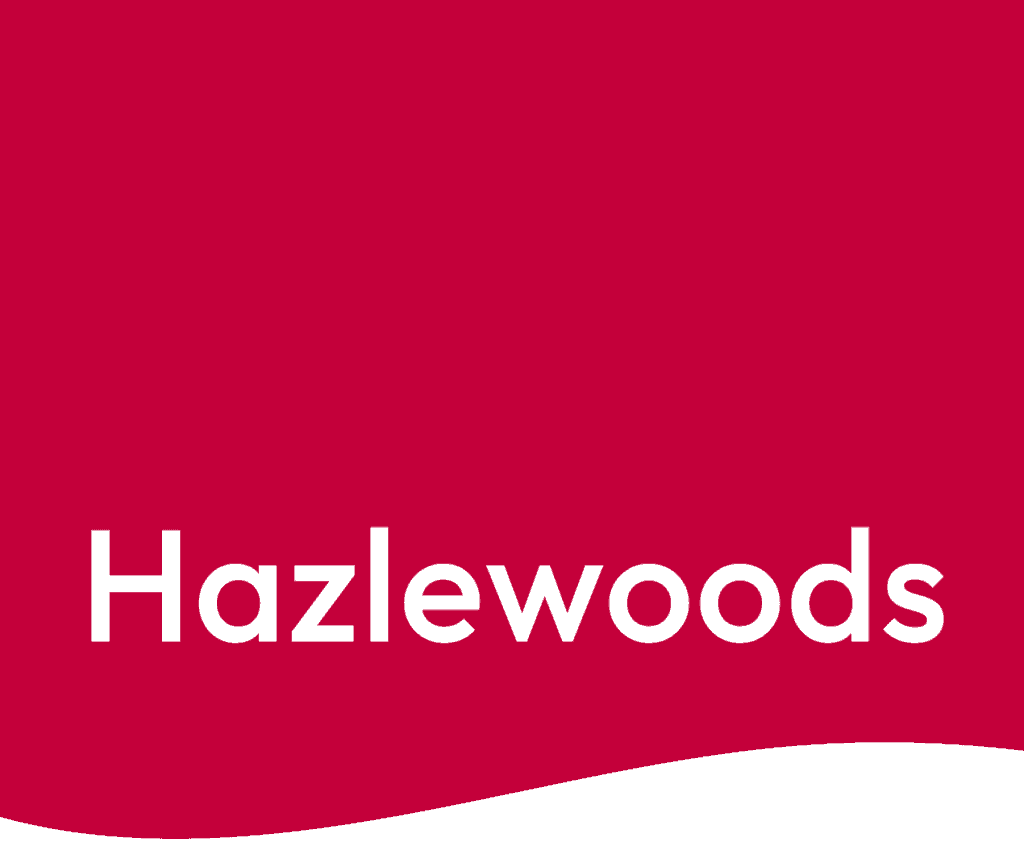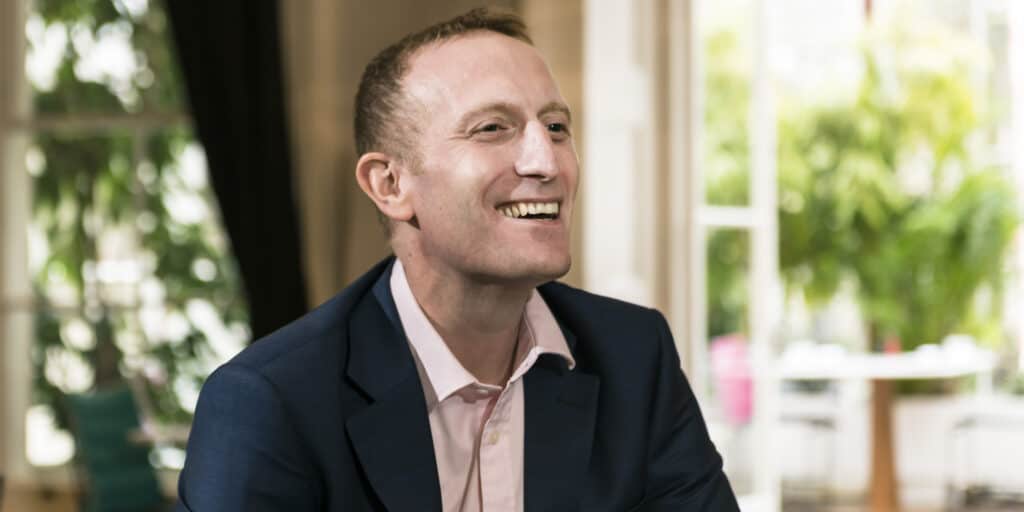A property partnership incorporation case: an example of caution
Overview
A property partnership incorporation case serves as an example of caution when seeking incorporation relief. The tax tribunal ruled that in the case of Mr and Mrs Cooke no genuine partnership existed. This meant they were denied tax relief when transferring their property to a company. Because there was no formal agreement, no business activity, and no intention for the partnership to make a profit, the court saw the partnership as a tax planning vehicle only.
As a result, they had to pay Capital Gains Tax (CGT) and Stamp Duty Land Tax (SDLT). The case highlights the importance of having proper documentation and substance over form when seeking incorporation relief.
A First Tier Tribunal (FTT) case found in favour of HMRC, ruling that a property partnership did not exist. This resulted in CGT and SDLT liabilities being due on incorporation. This article looks at the importance of substance over form in establishing a valid business partnership when claiming relevant tax reliefs such as incorporation relief.
What tax relief is available?
Incorporation relief provides certain tax advantages. This includes a deferral of CGT on disposal of an unincorporated business by a sole trader or partnership to a company in exchange for shares in that company. Certain conditions must be satisfied to benefit from the relief however. This includes that there must be a business that is transferred to the company as a going concern.
Further, SDLT is normally due on the market value of any properties transferred. This can sometimes be mitigated for partnership incorporations (but not where the transfer of property is made by a sole trader). The Cooke case which involves a property partnership incorporation is detailed below. This is an example highlight where caution should be taken before entering into tax planning arrangements.
The property partnership incorporation case of caution
HMRC argued that a partnership was not in existence in the case of Mr and Mrs Cooke. Hence the favourable tax treatments described above could not apply.
The tribunal considered that the following should be satisfied to form a valid partnership:
- There must be a business
- The business must be carried on by persons in common
- The business must be carried on with a view to profit
In this case there was insufficient evidence to support that a partnership existed including:
- There was no formal partnership agreement in place.
The court ruled that an implied agreement was insufficient evidence, as was the evidence of signed partnership accounts and tax returns. - There were no commercial dealings by the partnership.
The partnership did not have a bank account or carry out any commercial transactions. The planning permission application and finance agreement were in the names of Mr and Mrs Cooke rather than the partnership, as were any related contracts. - There being no intention for the partnership to make a profit.
Due to an option agreement was in place such that any profits from the development of the property would accrue to the company rather than the partnership.
Summary
In this case, the FTT took the view that the partnership was only established for tax planning purposes and there was no substance to support its existence. Mr and Mrs Cooke were therefore found to be liable to CGT and SDLT on the transfer of the property to the company.
Our recommendation
We would recommend that formal documentation is in place wherever possible, including a partnership agreement being documented in all cases, following this case decision. Further it must be demonstrated that the partnership is carrying out a genuine business (e.g. has a bank account, enters into contracts etc.) with a view to profit.
For further advice, please contact Partner, Nick Haines, at nick.haines@hazlewoods.co.uk or call 01242 237661.

